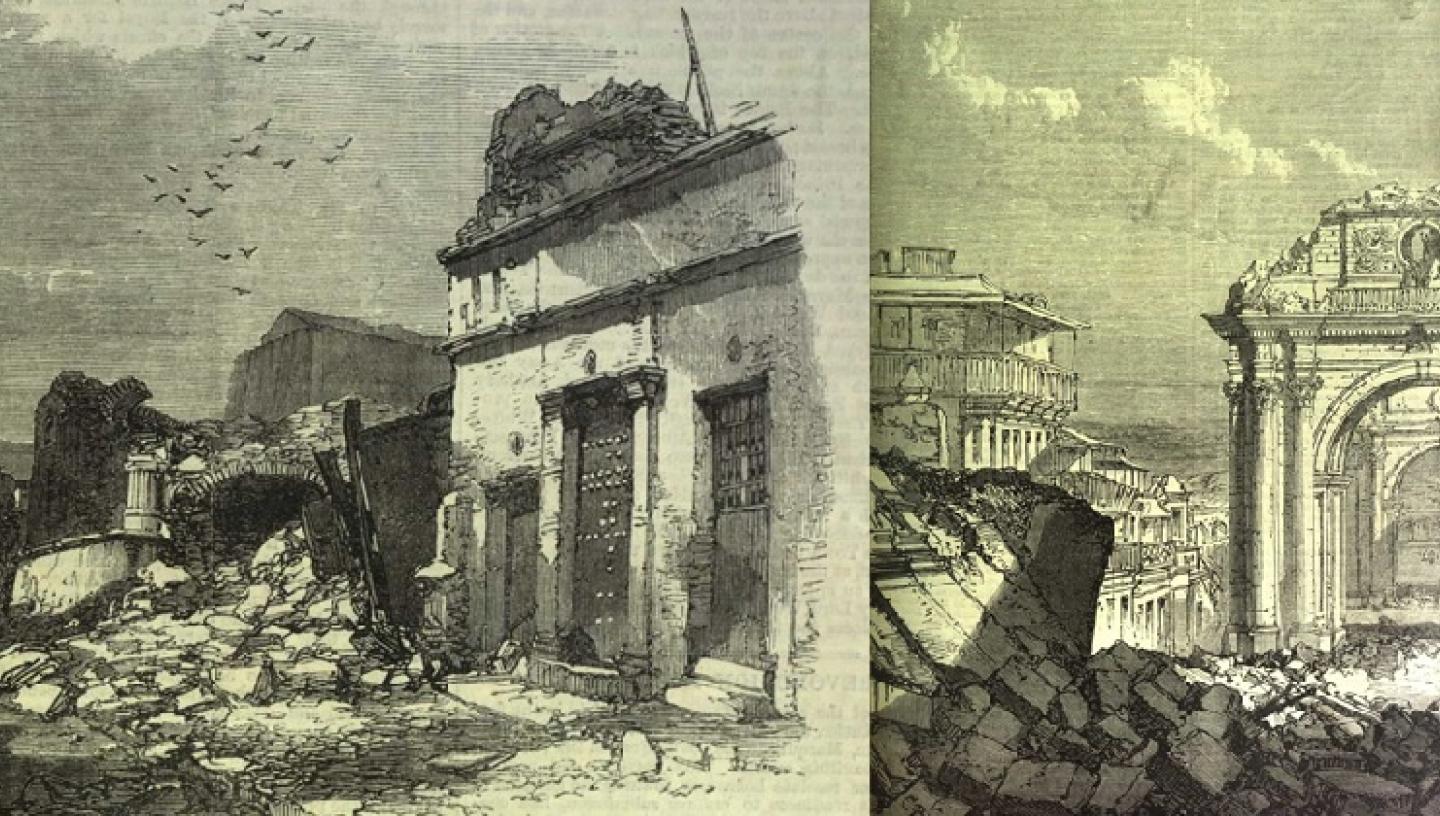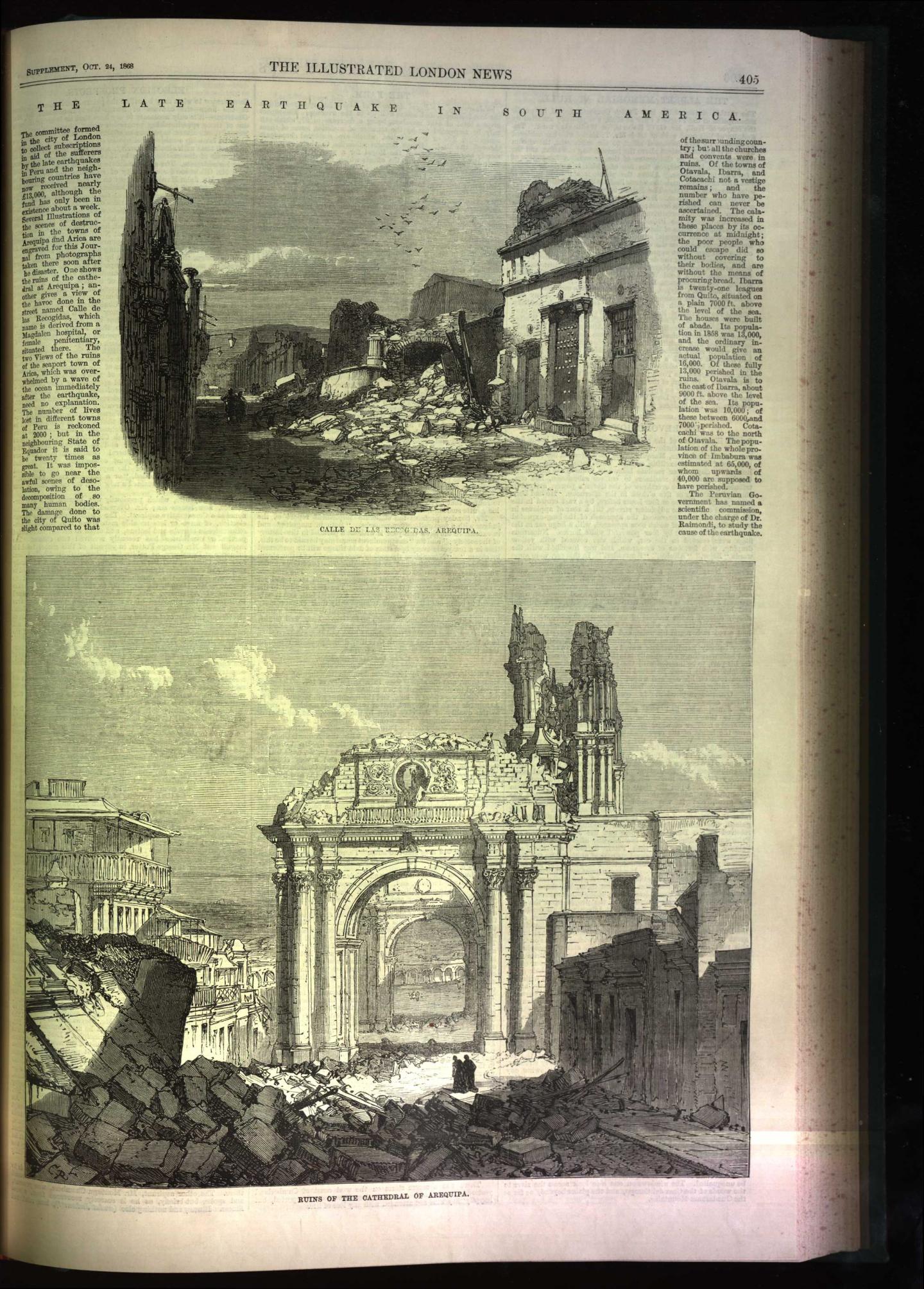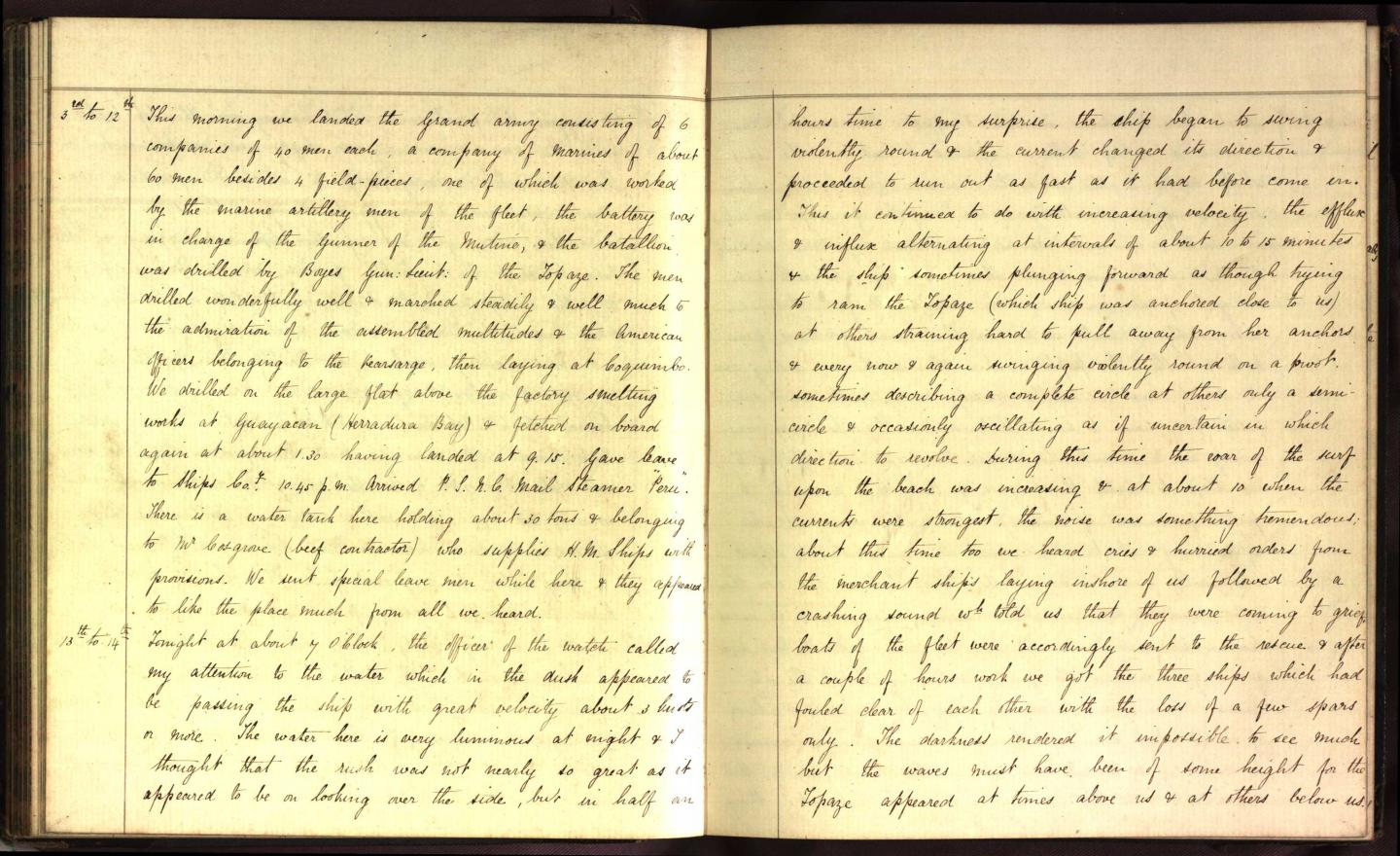
16 Aug 2017
Journals written by seamen can provide a rich source of information about life onboard both naval and merchant ships, and also provide a glimpse into how those seamen viewed the people and places they visited.
Many of the journals and diaries held in our archives can be found in Section 6 of the manuscripts collection, which comprises volumes that have been acquired singly by the museum. You can view these in the online archive catalogue using the finding reference ‘JOD*’. However, other examples of journals and diaries can be found scattered amongst other sections of the archives such as the personal papers (Section 4). If you happen to be interested in the origins and arrangement of our manuscripts collection, the introductions to volumes 1 and 2 of the Guide to the Manuscripts in the National Maritime Museum (item IDs PBE0956 and PBN4155 respectively), provide a concise and informative read. Both volumes are available in the Reading Room of the Caird Library, on the shelving next to the Issue desk.

Among the personal papers of Vice-Admiral Swinton Colthurst Holland is a journal he kept while serving as a Lieutenant on HMS Malacca (finding reference: HND/101/4). The Malacca was anchored off the coast of Coquimbo in Peru (now Chile) on 13 August 1868, on which date an earthquake struck the south American coast, triggering a tsunami and causing much destruction and loss and life. The Illustrated London News (available in print and online in the Caird Library) featured several reports on the phenomenon, including one in its edition of 24 October 1868 (see above).
Swinton wrote a vivid account in his journal of the night of 13 August, describing in detail the unusual swelling of the sea, and the growing anxiety of the townsfolk onshore. Interestingly he did not think that there had been an earthquake but nevertheless found the episode unnerving. He wrote:
"The darkness rendered it impossible to see much but the waves must have been of some height for the Topaze [a nearby ship] appeared at times above us & at others below us which had a curious unnatural effect; … the weather was calm & a … stillness appeared to rest over the spot which added to the unusual occurrence rendered the whole scene & effect something rather awful; for conjecture what we would, we could do no more than conjecture; evidence of this phenomenon's cause there was none, no earthquake, no gale of wind, no sudden rise or fall of the barometer consequently we could no more than wait for news from north & south."

Later on, when the extent of the devastation had become apparent, the Malacca sailed to badly affected areas to offer assistance. On 27 September the ship docked at Iquique Bay, and Holland noted in his journal that:
"…a wreck of a Town as disclosed itself has seldom been seen…. The cathedral & all the houses round it comprising about a quarter of the town were not much damaged but the earthquake & the wave which followed it had entirely destroyed all the remainder & so effectually that about one third of the whole was reduced to a sandy level plain on which but one house stood…."
The Malacca arrived at Arica on 29 September, and Holland made the following observations in his journal:
"We came to off Arica at 7.50 this morning & found the accounts of the earthquake & wave were in no wise exaggerated. ... Such a heap of desolation & ruin has seldom been met with, there is not an entire house in the whole town & from the fact of the houses all being built of 'adobe' (or sundried bricks) the mess & debris is something wonderful, particularly after comparing it with Iquique where the ruins are less apparent in consequence of a large portion of them being buried beneath the sand & shells thrown up by the mass of water rushing on shore."
Included in the Holland papers, in fact, is an abridged, typescript transcript of the passages from this journal describing the earthquake and its aftermath, although it is not clear who was responsible for the transcription (see finding reference HND/102). However, it can be more evocative to see and read the original manuscript.
Visit the Caird Library and Archive
Katherine Oxley, Archives Assistant